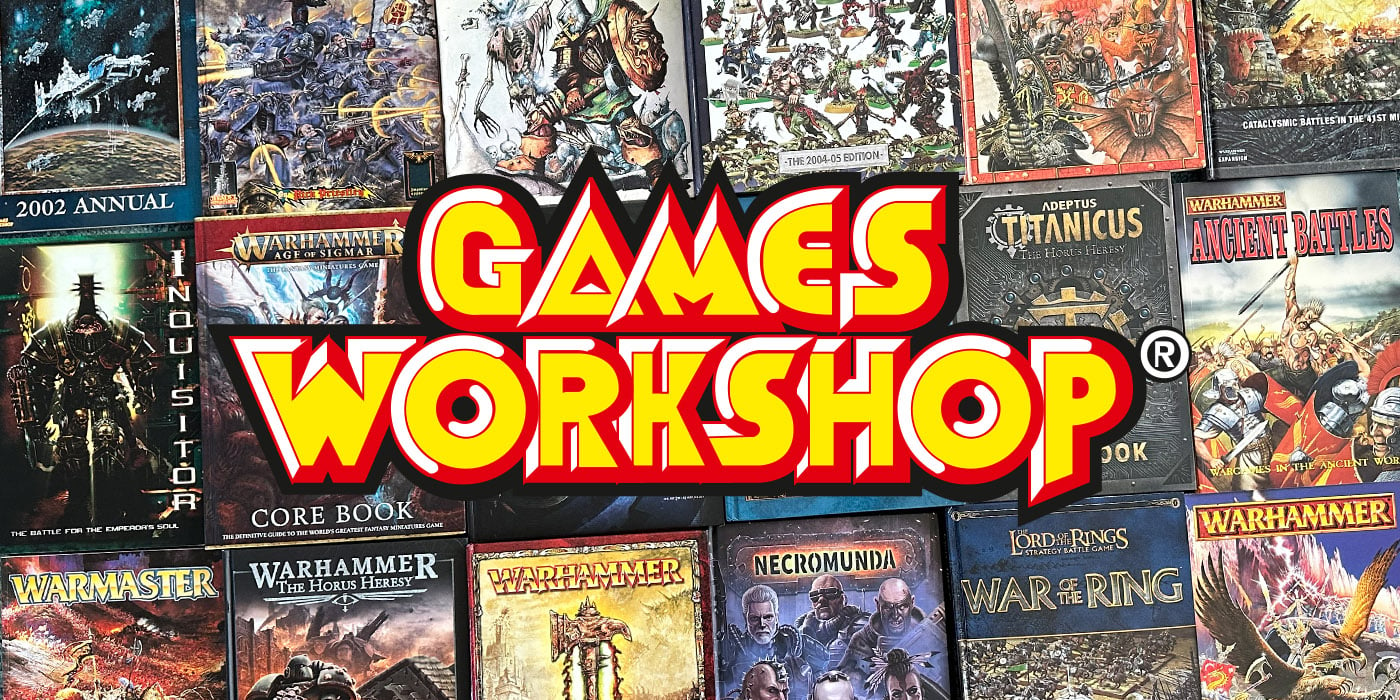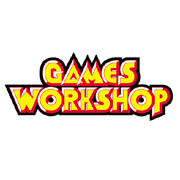Deep Thought: Games Workshop and Longevity


The last year has seen amazing shakeups in tabletop gaming. Some gaming vets offer up opinions on GW’s bright (or dark) future.
The last 12 months have seen some big shakesups in the tabletop industry. From the Rollout of Warhammer END TIMES and Age of Sigmar to the ever growing STAR WARS phenomenon – thing look very different for the major companies and thier futures. Here’s just a few old timers chiming in with what they see going on out there:
The Case for GW (Mr. Mystery)
Well, GW pretty much have the UK sewn up tighter than a ducks arse due to their shops.
If GW do ever go under, there’s a reasonable chance it could take a sizeable portion of the rest of the industry with it.
Not only would GW stores all but disappear from the world High Street, leaving a niche unoccupied, it’s kind of dicey as with the current biggest player gone, whether FLGS could remain open.
Sure, they may not be the bread and butter for any given FLGS, but it seems they still sell well enough across the board that to find a FLGS not stocking their toys really quite rare.
However, that’s an ‘if they went under tomorrow’ type scenario. In order for them to have an unmanageable decline, their competitors have to keep growing at their current rate, and for more and more games to come out and succeed.
Now, take X-Wing, one of the most understandably popular games at the moment. Not only is it Star Wars, with the best models set in that universe I’ve ever seen, but it’s also a bloody good game. I’ve got at least two of most ships, and at least one of every ship. And it continues to grow its player base.
But….it remains a very young game, having been out for about two years.
Yet already, in my opinion it’s beginning to creak a little. The last wave was a bit lack lustre. K-Wing is a fun ship to fly, but looks bloody stupid – same as the TIE Punisher.
There’s also a potentially fatal flaw in its marketing. One of the big draws is that it’s stupidly cheap to get into. You only need the base set, or at least the templates, and perhaps four or five ships. Huzzah for that. Except….the upgrade cards just keep getting more useful. For someone intent on attending Tournies you really need to be buying one of everything to get your mitts on the current ‘must have’ upgrades.
Example? TIE Advanced, as it comes in the expansion, sucks balls. But, it got a new lease of life via the Imperial Raider…..a mere £60ish extra to make your £10 ship worth it….. A-Wings are similar, but require the purchase of Rebel Aces to get the best cards for it.
Good news there? It seems FFG are up to the task of delivering the tweaks to ships. They just (understandably) charge you for it.
Now, the next wave looks amazeballs. Lots of groovy ships from Star Wars Rebels, and we’re about to hit the new films as well, and the ships we’ll see on there. Provided FFG can keep every ship unique and viable, the game will have legs. But as much as I have faith in them, that’s still a pretty big ‘if’
Well, in short? GW being the biggest and oldest are going to see the smallest expansion in terms of turnover and sales increase. They’re the ones with the players, and doing most (but by no means all) of the recruitment. The relative newcomers are offering more genre specific games, and that will attract existing GW players who see something shiny new and interesting and give it a whirl. Some will switch entirely. Some will (as I did with Warmachine) go back to GW, having not found the new game to their tastes. But in my experience, most will switch to playing multiple systems – so whilst Company X attract players, GW aren’t necessarily losing players.
…There’s many armchair commentators, but to the best of my knowledge, not one of them has any experience of running a company anything like GW. They’re pretty much unique. Wholly owned chain of stores selling only their own wholly owned products, based on their own IP. This makes any kind of comparison a fool’s errand. Their immediate competitors don’t have the same overheads. Most outsource their production to other countries. No others have their own chain of stores. GW, for good or for ill, do it all in-house.
Yes, that makes their products pricey – it has to cover their overheads. But when you consider that other companies aren’t any cheaper on a per-model basis, I can’t help but find myself wondering just who it is doing the price gouging.
Again, I’ll use X-Wing as an example. Most ships can be picked up for around £10, but they have a RRP of £12….for a tiny ship, base and, Erm….bits of cardboard. That’s quite some mark-up. But like GW, I don’t begrudge paying the prices at all, because price is so very rarely linked to value, because value is what you make of it. When I move into my new flat, I’ll be having some display cabinets, meaning all my models will be displayed. As I find that to be visually pleasing – that’s adding value to me.
For students and part time workers? Well, way back in 1996 I was a college student. By 1997 I had a poorly paying job I hated. In both instances, I couldn’t afford whatever I wanted. That’s just how the cookie crumbles when yer a Yoof, so it’s nothing GW haven’t had since, well, forever.
I reckon they’ll still be here in 10 years. They own their production facilities. They’re not shy of closing down loss making stores. But, most importantly – they have no debt. So despite their current wobbles, they’re in good shape as things go in the business world. Indeed when you look back to the casualties of the Financial Crash, they all had one thing in common – mountains of unsustainable debt. Woolworths? Up to their armpits in debt. HMV? The same. So on and so forth. When you’ve got no debt, you can ride out high street financial woes fairly easily.
And GW, historically, have always been debt adverse, preferring to expand as their profits allow. That helps to keep expansion sustainable, and as a business model is quite sensible.
History Teaches a Lesson (Lord Mayhem)
It might be worth looking at FASA for an example of how fast things can go down hill. When 40K came out, around 1987, Battletech was the dominant Sci-Fi tabletop/board game, huge IP, expansion into multiple formats (including simulation centers), it’s own array of novels, etc. FASA also had a strong RPG presence, notably with Shadowrun, and several auxiliary games (Renegade legion, Earthdawn, Star Trek, Dr Who, etc). However they ran into a series of troubles (IP legal issues, poor sales on some new ventures) and in a surprisingly short time frame they were gone.
While some of their primary properties (Battletech and Shadowrun) have remained, largely due to the large and passionate fan base, they are relatively minor games now. I’d go so far as to say that the crash of FASA is partially responsible for the current strength of 40K; when Battletech dropped out, 40K was the only significant alternative Tabletop Sci-Fi game, and picked up a lot of BT players who could no longer find regular BT games.
Read the full Conversation (it’s fascinating)
~ What do you think the industry landscape will look like in 1 year? How about 5 years?





